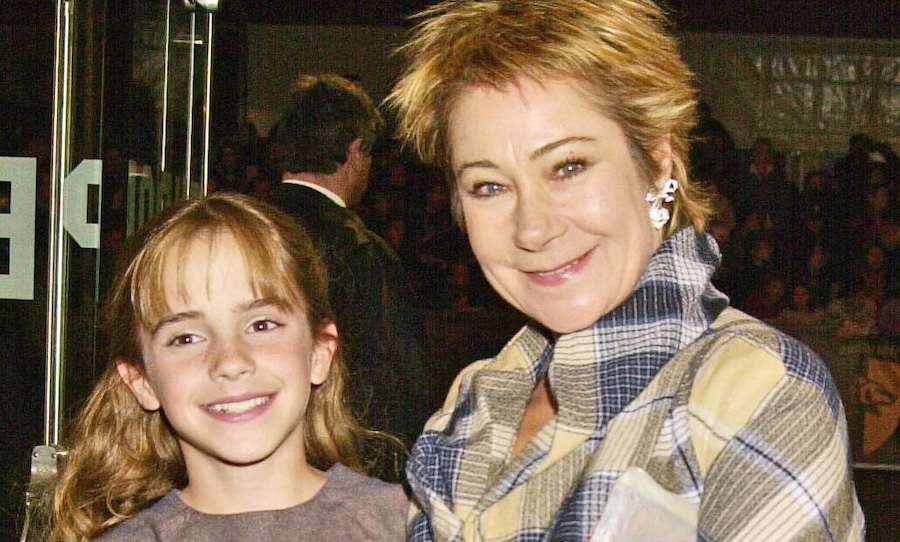It’s a bird! It’s a plane! It’s a supermoon!
That’s right folks, a luminous pink globe will be coming direct to your sky this evening.

This Wednesday evening, as long as the weather permits, a radiant supermoon will be popping by for a visit. Here’s the best way to check it out.
Expect to see “a large, pink face, not much neck, small, watery blue eyes and thick, blond hair.” Psych! That’s Dudley Dursley in the first Harry Potter novel.
The phenomenon is also known as a perigee-syzygy moon. “Perigee” refers to the closest part of the moon’s Earth orbit and “szygy” is the point where three celestial bodies—in this case, the sun, earth and moon–align.
At its closest, the moon will reach a point approximately 363,300 kilometres from Earth. Seems like we could all take a leaf out of old Luna’s book to better our social distancing practices.
This moon is expected to be the biggest of the year. Theoretically, the supermoon is on average only 7% larger than a normal full moon. But for reasons astronomers are still grappling with, foreground objects such as buildings and trees can sizeably amplify its appearance.
If you’re in Australia, the best viewing time is just after 11 pm this Wednesday evening (the supermoon, not Dudley), but it will still look pretty magical even from the moment it rises. Check out the specific times for each city below.
If you’re in Sydney, the moonrise will begin at 6:05 pm, with the best viewing time at 11:06 pm. If you’re in Melbourne, the moonrise will begin at 6:29 pm, with the optimum viewing time at 11:22 pm. For Brisbane, moonrise kicks off at 6 pm sharp, with the peak moon gazing time occurring at 11:01 pm.
The times for other cities include Canberra, whose moonrise is at 6:13 pm and peak at 11:06 pm; Hobart, whose moonrise is at 6:17 pm and peak at 11:15 pm; Adelaide, whose moonrise is at 6:26 pm and peak at 11:17 pm; Perth, whose moonrise is at 6:31 pm and peak at 11:22 pm; and bringing up the rear, Darwin, whose moonrise is at 7:07 pm and peak at 11:58 pm.
To learn more about supermoons, watch this excellent DIY-style video from NASA.



